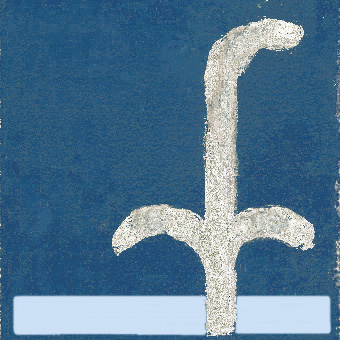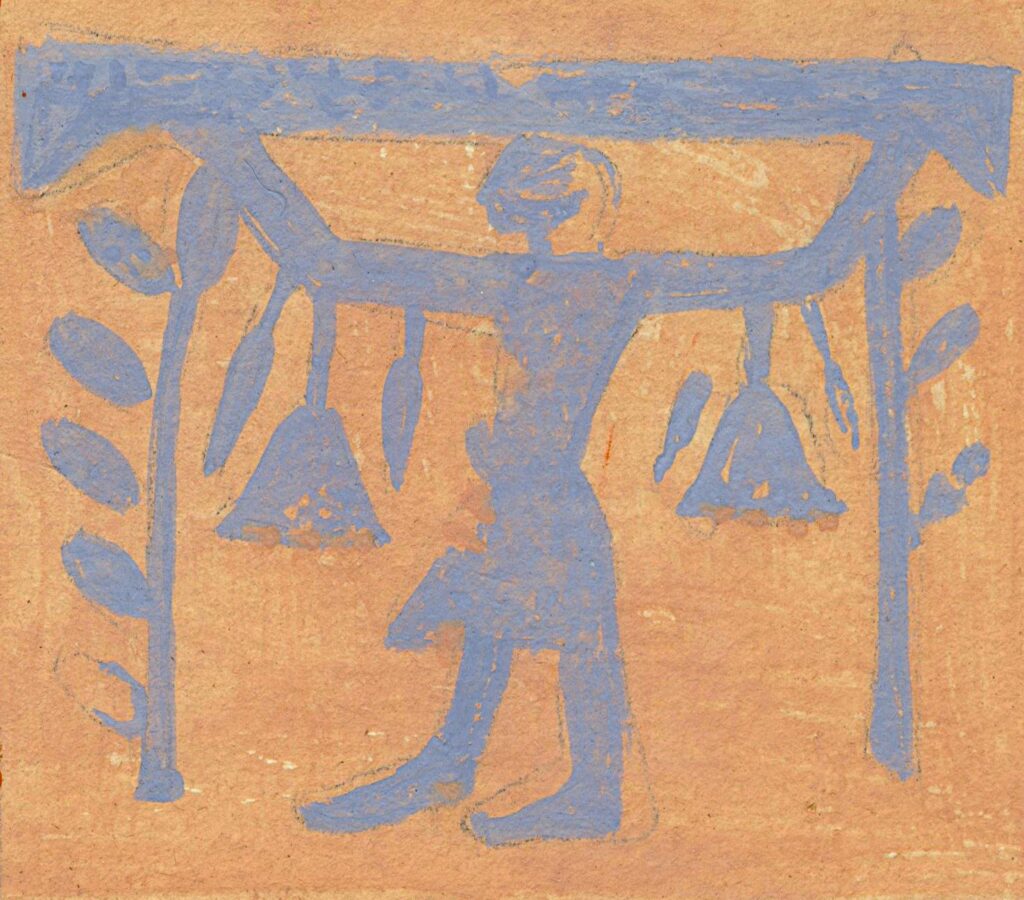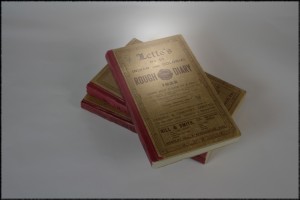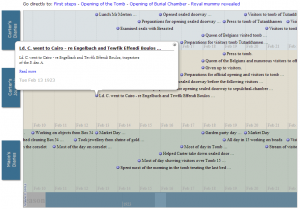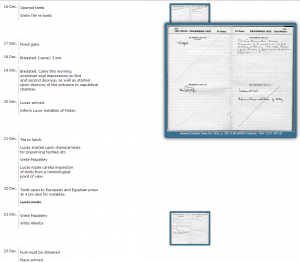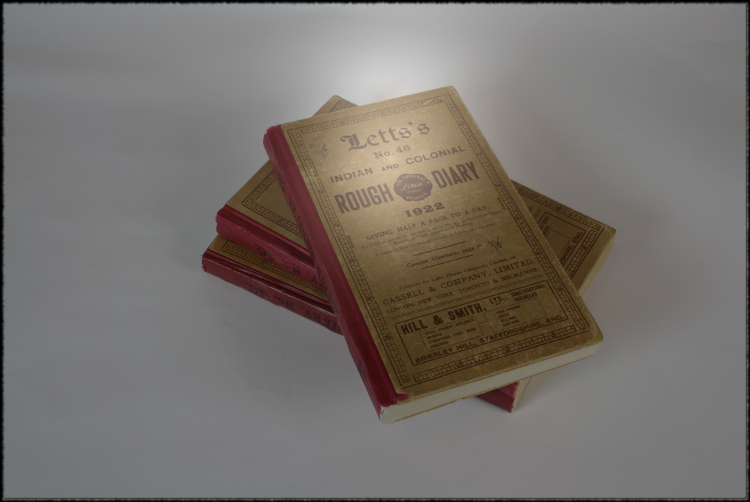
Left London. 1.40pm. For Marseilles.
Tutankhamun: Anatomy of an Excavation is the number one site for the original documentation created by Howard Carter following his discovery of the tomb of Tutankhamun in 1922.
Under the initiative of Jaromir Malek, then Keeper of the Archive, the Griffith Institute began making the Tutankhamun material available online in 1995, starting with a plain text transcript of Carter’s diary and journal for the first excavation season (later supplemented with scans of the manuscripts). Since that time, the Tut material in our Archive has been fully scanned, transcribed and communicated via our open-access website, which has subsequently expanded to an impressive 15,000+ pages of information.
Nearly 20 years after our first pages were put online, web technologies and standards have changed considerably, and it has become a necessity to update our webpages and digital assets. Going back to where it all began with the excavation diaries and journals penned by Howard Carter and Arthur Mace, over the last few weeks we have been feverishly working away on a new presentation for this group of records and putting the finishing touches to the new Tutankhamun Timeline.
We thought a timeline would be the best gate to the entries in Carter’s and Mace’s journals and diaries. Besides a chronological ordering that makes very easy to follow the day-to-day activities in the Tutankhamun’s tomb and during the archaeological season, each entry presents a transcription that reflects the original document form, with warts and all. Of course, there are still separate presentations for each of the excavation journals and diaries. Again, we have rejigged these, so now alongside the new transcript format there are also high quality images.
This is the first step towards the new digital presentation we will be applying to our archival material in the near future. This will implement all the range of XML/TEI standards, which will allow to browse and query the material even more accurately, but as well as to spot if you think we’ve made a mistake in the transcript! If the eagle-eyed amongst you spot any error in the transcription, please do not hesitate to send us an email!
On that very digital note, we wish you all a Happy Christmas and a joyous New Year! Stay with us in 2014, which is going to be a very exciting year for the Griffith Institute!
